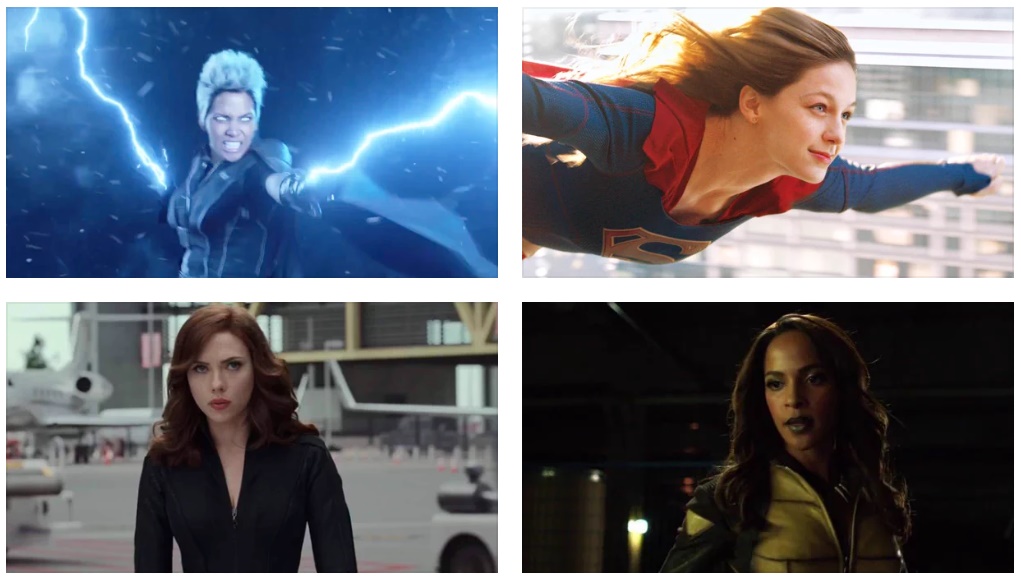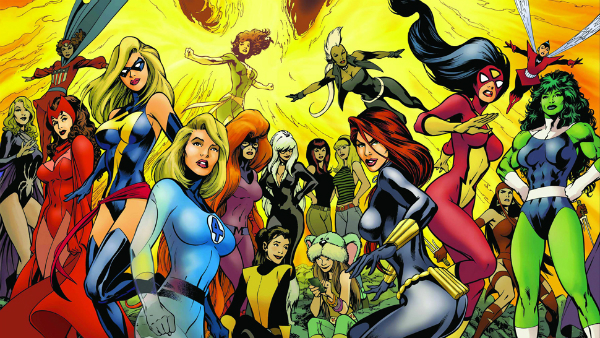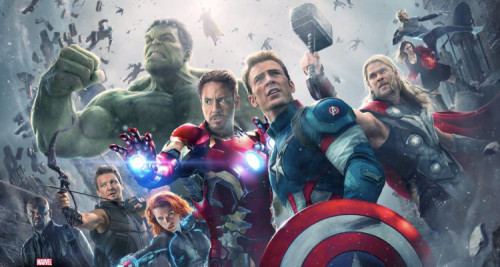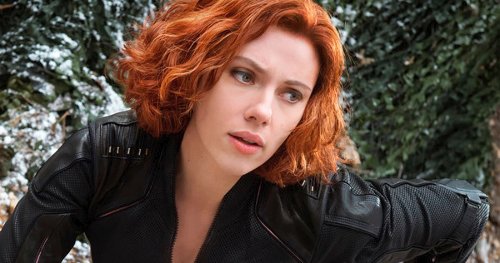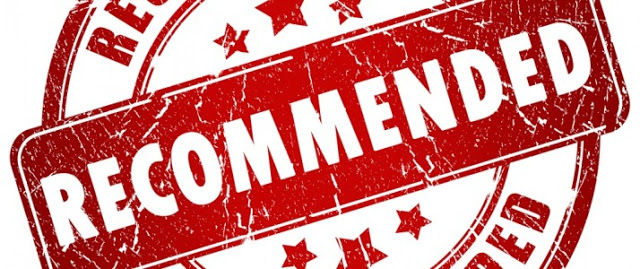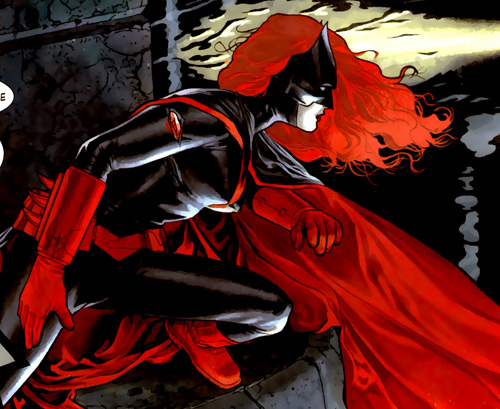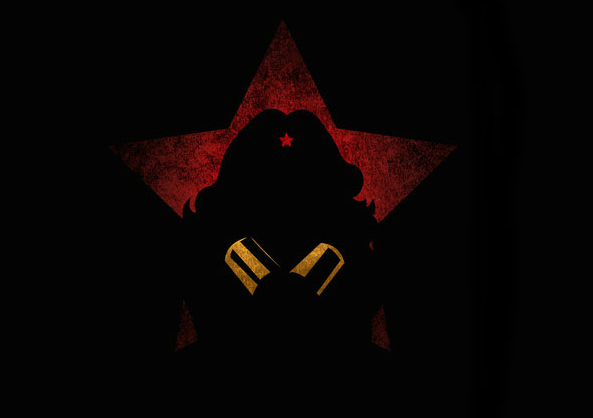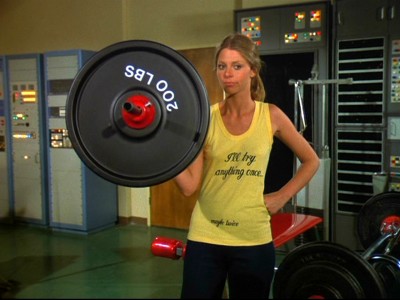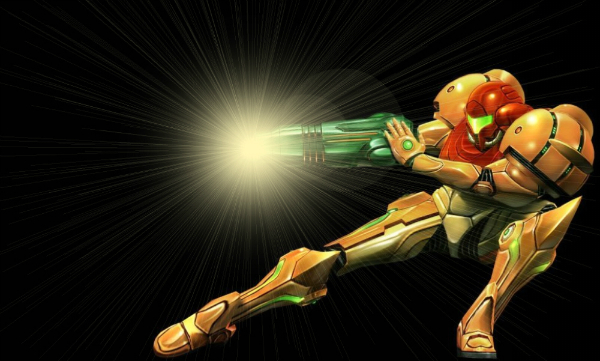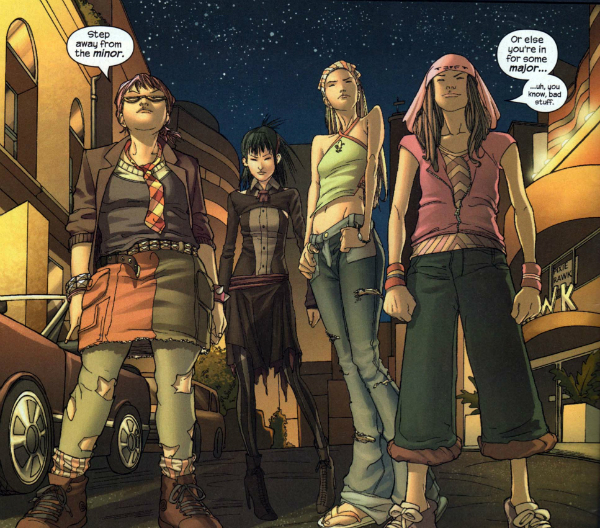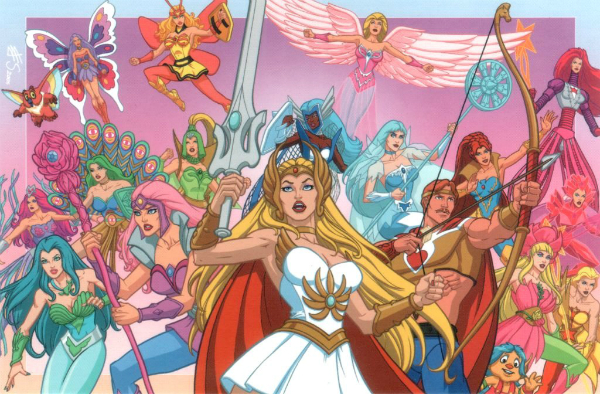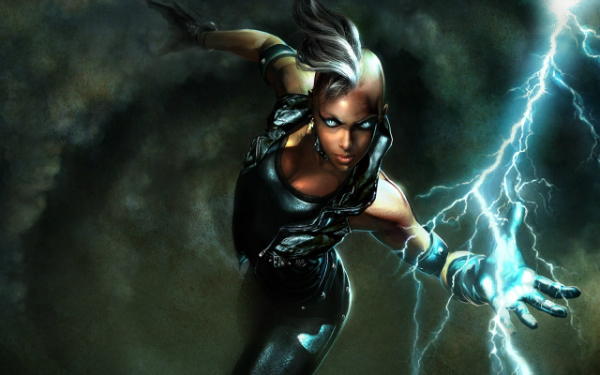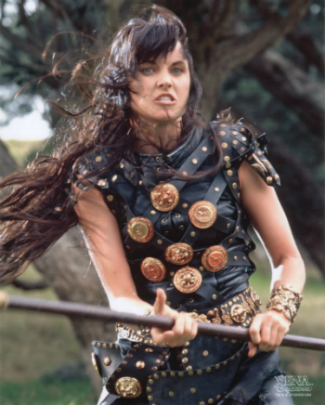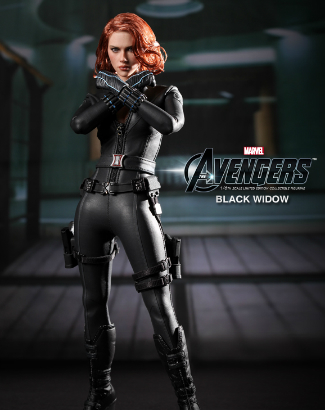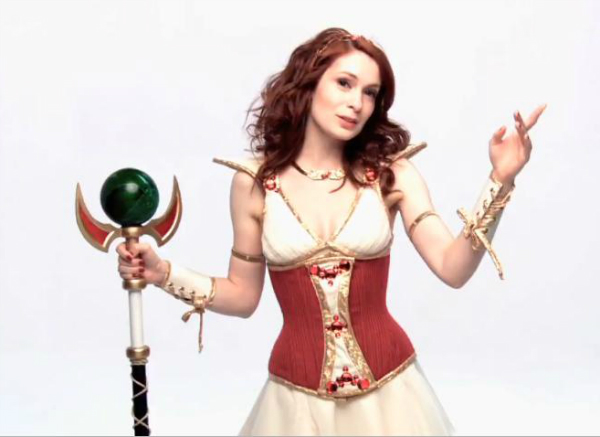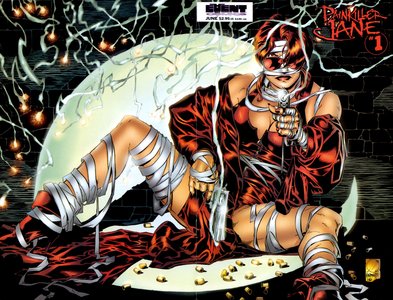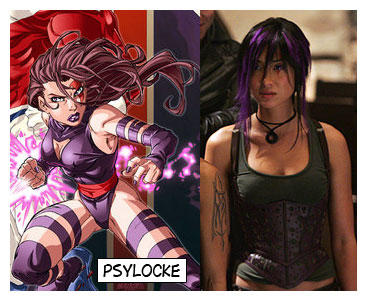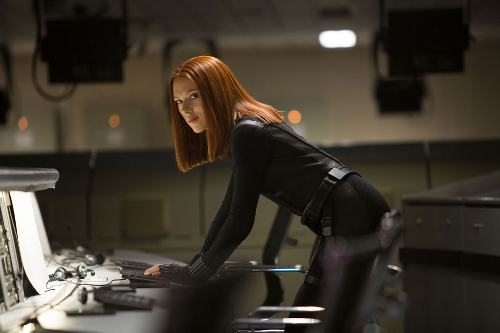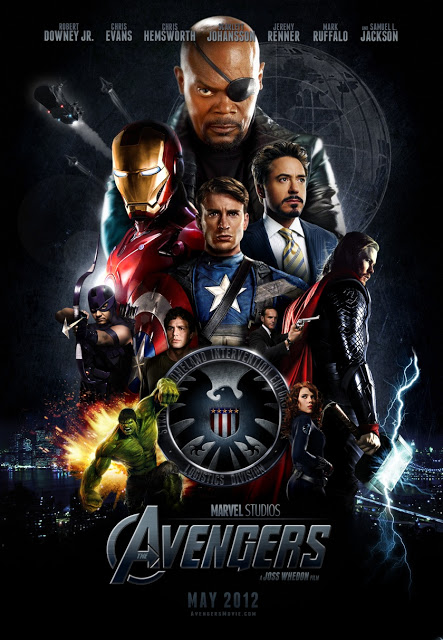How the X-Men Films Failed Iconic Black Female Superhero Storm by Sara Century
To me, this is where the X-Men films utterly fail Storm as a character. While her comic form is definitely a sympathetic and understanding person, more importantly, she is a warrior trained in hand-to-hand combat, an orphan, a divorcee, a Black woman in a leadership role on a team of mostly white men, a wife, a mentor, and an activist.
‘Supergirl’ and Room for the Non-Brooding Superhero by Allyson Johnson
There is an indisputable charm to Kara’s strong will that can go toe to toe with the might of her fist. Here is a young woman that believes so strongly in her fellow being that she tries talking to many of the baddies of the week rather than immediately resorting to fighting. Her kindhearted and giving spirit is ultimately what sets her apart from the other heroes that have populated television and movies for the last few years…
Catwoman, Elektra, and the Death of the Cinema Superheroine by Heather Davidson
Now, don’t get me wrong – neither Catwoman nor Elektra are by any means good movies. The first is silly, the second dull, and both are confusing and ugly, with little interest in their source material and an odd propensity to give characters magical powers. They deserved to fail – but they didn’t deserve to take an entire gender down with them.
Top 10 Superheroines Who Deserve Their Own Movies by Amanda Rodriguez
So few superheroines are given their own movies. I’m officially declaring that it’s high time we had more superhero movies starring women. The first in a series of posts, I’m starting with a list of my top 10 picks for super babes who deserve their own flicks.
Why Scarlet Witch May Be the Future of Women in the Marvel Cinematic Universe by Maddie Webb
Having a superhero grapple with the right use of their power is hardly a new theme and it’s central to the broader narrative of Captain America: Civil War. But allowing a female superhero to tackle the same dilemma on a deeply personal level feels quietly subversive. …Women superheroes can be inhumanly powerful without being reduced to a boringly infallible female badass caricature.
Elektra in Daredevil: Violence, White Masculinity, and Asian Stereotypes by Kelly Kanayama
And then there’s Elektra Natchios, half-Asian, half-white, sexual, violent, dangerous, and in some ways, the most problematic character on the show. … Yet there is something strangely compelling about Elektra, not as an extension of the show’s tired prejudices against Asian people, but as a woman who despite her questionable origins transcends the limiting Strong Female Character trope. …Her presence in and of itself disrupts the masculine hegemony of violence in the show.
Daisy Johnson, Superheroine of Agents of S.H.I.E.L.D. — And Why She Matters by Lee Jutton
What makes Daisy special among superheroes is that she embodies all of these tropes as the centerpiece of a network television series — and is also a woman. Not only that, she is a mixed-race woman — and not a token one, but one surrounded by other women, of various ages, races and backgrounds.
Buffy the Vampire Slayer and the Humanization of the Superheroine by Kaitlyn Soligan
Often carrying the burden of representation in a genre overrun with male characters, superheroines were strong or weak, clear-headed or in constant need of saving, but rarely complex or allowed complicated internal lives, and even more rarely truly relatable. Buffy changed all that.
Supergirl’s Feminism and Why the Series Works by Dennis R. Upkins
Even with her powers, Kara is the underdog who has to evolve to overcome insurmountable odds, thus making her relatable to viewers. With the series being entitled Supergirl, it shouldn’t be a surprise that feminism is a prevalent theme. What is a pleasant surprise is how well the series tackles it.
Barbarella and the “Savagery” of Futuristic Sexual Politics by Olga Tchepikova
One version of Barbarella draws her as a progressive, sex-positive, and role model-worthy character that saves the universe. … Barbarella the character might be the worst example of a superheroine by many of our contemporary expectations for a female lead not least because of the ambiguous dynamics of her (sexual) agency. … ‘Barbarella’ as a film remains a superheroine movie with a mission: save the future of sexual politics.
How Hawkgirl Saved Me by Maggie Slutzker
This is about my favorite chess-playing, mace-wielding, war-crying, winged superheroine role model: Shayera Hol. … Hawkgirl taught me to be observant. She taught me that it’s possible to come through trying times. She taught me that being able to think was just as important as being able to fight, and that good and evil aren’t always absolutes.
Why Black Widow Is the “Realest” Superheroine of the Marvel Cinematic Universe (Yes, Even After All Those Tropes) by Kayleigh Watson
It is this factor alone why Black Widow is so important. She is the longest standing female protagonist within the Marvel film franchise, having starred in Iron Man 2, The Avengers, Captain America: The Winter Soldier, Avengers: Age of Ultron and most recently, Captain America: Civil War. She was the only female Avenger in both Avengers films (until Scarlet Witch switched sides at the end of Age of Ultron), and as such was subject to being the onscreen vessel of female representation in a superhero super-team otherwise occupied by straight white men.
How Does Vixen Collide with Race, Gender, a Black Sense of Home, and the Video Vixen? by Tara Betts
…There is more to be said about how essentializing African identities around myth, folklore, the continent, and animals can impose limits on how Black people, particularly Black women, can be written, and how those Black characters are experienced in a more accessible, mainstream outlet. In other words, even Black superhero characters, carry the burden of limitations if the racial stereotypes outweigh the plot and character development. In this case, Vixen has room for more episodes, a potential live-action series, and delving deeper into a host of issues on identity, power, and defining home.
Brown Girls Can Be Heroes Too: Why We Need a Ms. Marvel Movie by Bhavna Vasnani
I’d internalized the rather damaging notion that only white girls deserve to have their stories told. Only white girls can slay the patriarchy without breaking a nail. Only white girls get to be the heroes, and get to be heroes of their own stories. And the rest of us? We don’t matter. … It’s important for young South Asian girls to see that just because they’re South Asian doesn’t mean that they have to be relegated to the sidelines, to being the sidekick, to being the brainy Indian doctor, and so on. They can be superheroes too.
Stop the Fridging: The Invisible Feminism of Arrow by Becky Kukla
So while Arrow seems pretty reluctant to move away from the traditional stance on women existing to be love interests and to be rescued, the individual female characters themselves sometimes show some hints of progressiveness… if only they’d be allowed to live long enough!
Show Me a (Woman) Villain by Mary Iannone
We all recognize the gross disparity of women superheroes, in the Marvel canon and beyond. But I would argue that the cinematic landscape is even less primed to allow women supervillains. … Women are generally presented as easily manipulated and too emotional to be true villains. It is yet another characterization of the “soft” woman, dictated by her emotions, propelled by a propensity to nurture rather than destroy. But we need stories of women who hunger for power, who are willingly selfish, and who stick to their principles, no matter the cost. … No more scenes of men talking women into saving the world. Let them try their best to destroy it.
Batgirl / Oracle: A Superheroine with a Disability and Representation by Adam Sherman
There aren’t a lot of superheroes with disabilities; many of the ones who do gain powers from their disabilities. … Barbara Gordon as Oracle is a more accurate and positive representation of people with disabilities. She’s way more real because despite the fact that she sometimes needs the help of more able-bodied people, like a real person living with paralysis from the waist down, she still lives a positive and active life.
Where Are All the Superheroines Who Are Getting Too Old For This Shit? Ageism and Superhero Movies by Celey Schumer
Even in the rare superhero films with more gender-balanced casts, the age gap between male and female performers can be seen time and time again. Men are allowed to age, to become grizzled, world-weary with experience, or stew for years on a plot of vengeance. … Their women counterparts, however, must remain lithe, “hot,” and never over the age of 40.
Go ahead, try and find a superheroine or female supervillain over 40. I’ll wait. Great. Now that we’re all done pointing at Halle Berry as Storm — who was 46 at the release of X-Men: Days of Future Past — and Famke Janssen as Jean Grey/Phoenix — who was 41 at the release of X-Men: The Last Stand — let’s look at the bigger picture.
Scarlet Witch and Kitty Pryde: Erased Jewish Superheroines by Sophie Hall
While Black Widow’s portrayal remains true to her comic book origin, Scarlet Witch’s does not, as her comic book counterpart is Romani and Jewish. … Not only is erasing Judaism a disservice to both Scarlet Witch and Captain America, it’s also disrespectful to the Jewish writers who invested so much in making a statement about Jewish resistance in their artistic expression. …
In the comics, Kitty Pryde is a feisty, spirited, and proudly Jewish member of the X-Men. …The filmmakers missed out on a more poignant story. Kitty Pryde would have faced what her ancestors faced generations ago; where they were targeted for their religion, Kitty was now being targeted for her mutation.
Superheroines of Color and Empowerment in Fantasy on TV by Constance Gibbs
It’s a rare sight to see women of color as superheroes, but rarest, probably, on television. … Superheroines are important. The desire for women to be seen as heroes, as strong, as capable, as desired, as everything transcends race. But when women of color are constantly told they have to wait or aren’t given the same chances, it does the same thing as when it’s men vs. women. …
Why can’t we have a Black or Asian or Latina or Arab or Native heroine acting as a universal hero for all girls of all races? Why must white continue to be the universal standard and everyone else is relegated to a niche audience? People of color want the empowerment fantasy too.
